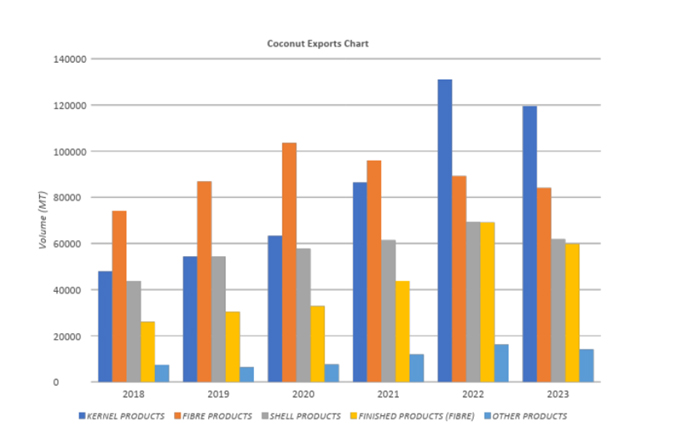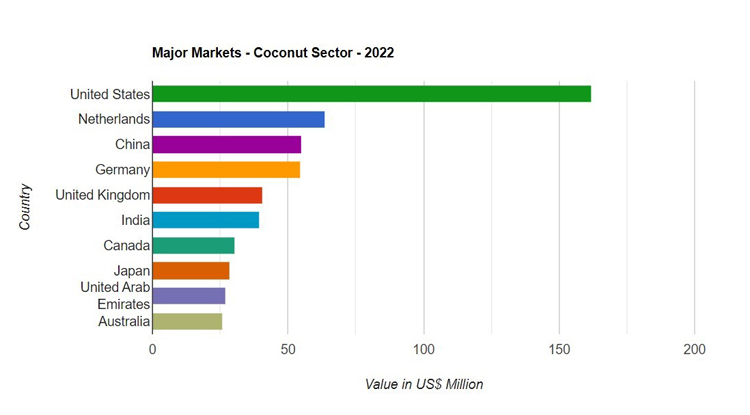October, 29, 2024

Sri Lankans are known for breaking coconuts wishing destruction of opponents or enemies. However, despite an election in the corner, maybe due to increased price, that practice isn’t common. To address the difficulties faced by the consumers due to high prices, the Coconut Cultivation Board has launched mobile sales trucks providing coconuts to consumers at affordable prices. ‘Coconut queues’ therefore, are a hot topic in the run-up to the general election. The socialists who governed Sri Lanka during 1970 – 77 on many occasions ignored basic grass root demands. One was the demand for coconuts. It resulted in opposition politicians holding two coconut halves on stage during 1977 July election campaign stating that each costs 35 cents & if they win they would give a coconut for 35 cents (Ref. Media).
In India breaking coconuts on auspicious moments is a popular ritual said to attract prosperity & sometimes to resolve debt issues. Although Indians break coconuts wishing to resolve debt issues, it will be wiser for Sri Lankans to refrain from such practices to save coconuts & develop coconut cultivation as they have to resume loan payments from 2028. Since independence from the British, Sri Lanka known for Tea, Rubber & Coconut cultivation has experienced more failures than successes due to short sighted agricultural policies. Illiterate trade union actions, killing of plantation managers & employees & destruction of state plantation properties etc. also contributed to the national failures. Those who wish to enter parliament should study the past & learn from the world to develop a stable, resilient agricultural sector even if they may have contributed negatively to the plantation sector in the past.

Networking with Coconuts.
Hainan in South China is Socialist China’s largest coconut producer. Its coconut industry is valued at approx 20 billion USD. The Chinese mainland market alone consumes approx 2.5 billion coconuts annually & since China’s annual production is approx. 200 million, coconuts are imported from most places out of the 120 countries & regions cultivating coconuts. Lands allocated for coconut cultivation globally is approx 12 million hectares producing approx. 56 billion coconuts annually (Ref coconut cultivation stats). As per global statistics coconuts play a key role in the economies of developing countries in the tropical regions with tropical climates such as Sri Lanka. Hainan which is being developed as a ‘Free Trade Port’ by China produces over 260 coconut related products & it has networked into an industrial chain integrating research, cultivation, processing, trade & cultural tourism.
Similar to Sri Lankan varieties, China also has more than four varieties including red, yellow, brown & green coconuts with different flavors. Hainan provincial government has already started developing links with coconut producing countries such as Sri Lanka to improve innovation & value chains (Ref. Media). Sri Lanka has a huge potential to develop its global coconut share using the Belt & Road Initiative whilst preventing grass root conflicts related to short term demand & supply issues. To be policy makers mustn’t forget that socialist economists of the 70 – 77 lead by Dr. N.M. Perera ignored key grass root demand & supply issues & ultimately 5/6th of the population opted for those who promised a coconut for 35 cents. Virgin coconut oil is believed to boost human memory capacity. Due to the shortage Sri Lankans may forget faster. (Views expressed are personal).
(Graph Source: EDB)
Video Story